Introduction
Healthy soil is essential for strong, productive plants, but not all garden soils naturally offer the right structure, drainage, or fertility. That’s where soil amendments come in—helping to create optimal growing conditions by improving the physical and biological properties of the soil.
This article is part of a larger series on effective soil improvement. Visit our Resource Center for additional how-to guides, videos, and expert-recommended gardening books.
In this guide, we focus on rice hulls—a sustainable, biodegradable soil amendment that enhances aeration, drainage, and organic content. We’ll explore their benefits, how they compare to common alternatives like perlite and peat moss, and how to use them effectively in gardens, containers, and compost systems.

Overview of Soil Amendments
Soil amendments are essential for improving soil health, structure, and fertility. Among the most sustainable and effective options are rice hulls for gardening, rice hulls for plants, and coconut coir. These organic materials enhance both drainage and moisture retention, making them valuable for potting mixes, raised beds, and in-ground garden soils.
Rice hulls, also known as rice husks, are a byproduct of rice milling and provide significant agronomic benefits. From boosting aeration and suppressing weeds to preventing soil erosion, rice hull soil amendments are increasingly favored by eco-conscious growers.
When comparing rice hulls for plants with traditional amendments like perlite, rice hulls emerge as a more sustainable and biodegradable alternative. They support root development, improve soil texture, and break down naturally—contributing organic matter to the soil over time. To better understand the benefits of rice hull use, consider its applications in soil fertility, water management, and plant productivity.
What Are Rice Hulls?
What is rice husk? Rice hulls, or rice husks, are the tough protective coverings removed from rice grains during milling. Instead of being discarded, these husks can be sterilized through parboiling to eliminate pathogens and weed seeds, then repurposed as a valuable soil amendment.
Certified organic and free of contaminants, our 50 lb rice hulls, provide a clean, biodegradable alternative to mined amendments like vermiculite, pumice, and diatomite rock.

Benefits of Rice Hulls for Soil
-
Soil Structure Improvement
- Incorporating rice hulls for soil helps create a looser, more aerated structure that supports healthier root systems. These hulls reduce compaction and improve airflow within the root zone—vital for oxygen exchange and nutrient uptake.
-
Water Retention and Drainage
- One of the primary rice hull benefits is their ability to enhance water management. They retain moisture during dry spells and improve drainage in overly wet conditions. For best results, combine rice hulls with compost or coir to balance water retention and airflow.
-
Nutrient Availability
- Rice hulls decompose gradually, releasing trace nutrients and contributing to long-term fertility. Their decomposition supports microbial activity and nutrient cycling in the soil, making them ideal for organic growing practices.
-
Environmental Impact
- Using rice husks recycles agricultural waste, reduces reliance on non-renewable resources, and contributes to carbon sequestration. Compared to amendments like peat moss, which involve habitat disruption, rice hulls are more sustainable and eco-friendly.

Types of Rice Hulls
Raw Rice Hulls
These are unprocessed rice husks used primarily for aeration and drainage. Their lightweight nature makes them ideal for rooftop gardens or areas needing reduced soil weight.
Processed (Parboiled) Rice Hulls
Parboiling improves the durability of the husks and ensures they are free from pests or pathogens. This processing extends the benefits during the growing season while still allowing eventual decomposition to add organic matter.
How to Use Rice Husk as Fertilizer or Soil Amendment
- In Garden Beds: Spread a 2-inch layer across your garden and mix it into the top 6–12 inches of soil when applying fertilizer in spring.
- In Potting Mixes: Mix 10–50% rice hulls with your potting soil to enhance drainage and moisture retention.
- As Mulch: Apply a layer on soil surfaces as mulch to suppress weeds and conserve moisture.
- In Composting: Add to compost piles to balance carbon-rich materials and improve aeration.
Learn more in our guide to achieving good soil drainage.

Application Methods for Rice Hulls
Incorporation into Soil
Blend rice hulls for soil into existing garden beds or containers to improve structure and water management. Ideal for use with raised beds, vegetable plots, or flower beds.
Surface Application
Use as a top dressing to act as a mulch alternative. It suppresses weeds, regulates temperature, and reduces moisture loss—especially effective in high-sun areas.
Composting
Add rice hulls to compost bins to improve airflow and balance nitrogen-rich inputs like food scraps and green waste.
Comparison: Rice Hulls vs. Other Soil Amendments
- Compared to peat moss and coconut coir, rice hulls are more sustainable and have a neutral pH, making them suitable for most crops.
- While slightly less effective in moisture retention than coir, you can adjust quantity to match needs.
- Unlike perlite, rice hulls break down after one growing season, which adds organic matter but requires yearly replenishment.
- Less dusty than perlite and vermiculite, and visually blends into soil more naturally than white rock amendments.
Explore additional resources on soil amendments including:

Conclusion
Rice hulls for gardening and rice hulls for plants offer an eco-conscious way to enhance soil health, structure, and productivity. Their ability to improve drainage, retain moisture, add organic matter, and reduce environmental impact makes them a top choice for gardeners seeking sustainable solutions.
Whether you’re mixing rice hulls for soil, using them as mulch, or composting them, these versatile husks help you cultivate nutrient-rich, well-drained soil with less waste. For more guidance, visit our Resource Center and explore our collection of soil amendments and gardening books.
Discover the uses of rice hull and give your soil the sustainable boost it deserves.
FAQs About Rice Hulls for Gardening
-
What are rice hulls and how are they used in gardening?
- Rice hulls are the protective outer covering of rice grains, removed during milling. In gardening, they are used as a natural soil amendment to improve drainage, aeration, and moisture retention.
-
Are rice hulls a good soil amendment?
- Yes, rice hulls are an excellent soil amendment. They are lightweight, biodegradable, and add organic matter to the soil while enhancing structure and promoting healthy root growth.
-
How do rice hulls compare to perlite or peat moss?
- Rice hulls are a more sustainable alternative to perlite (a mined mineral) and peat moss (which can deplete wetland ecosystems). They offer similar benefits—like improved aeration and water retention—while breaking down naturally over time.
-
Do rice hulls decompose in soil?
- Yes, rice hulls decompose slowly over the course of a growing season. As they break down, they contribute organic matter to the soil, improving fertility and microbial activity.
-
Can I use rice hulls as mulch?
- Absolutely. Rice hulls work well as a light mulch to suppress weeds, retain soil moisture, and regulate soil temperature—especially in vegetable beds and container gardens.
-
Are rice hulls safe for all plants?
- Yes, rice hulls are pH-neutral and safe for most garden plants. They are especially useful in potting mixes, raised beds, and rooftop gardens due to their lightweight and non-toxic nature.
-
How much rice hulls should I add to soil?
- For potting mixes, blend 10–50% rice hulls by volume. In garden beds, spread a 2-inch layer over the soil and mix it into the top 6–12 inches during spring soil prep.




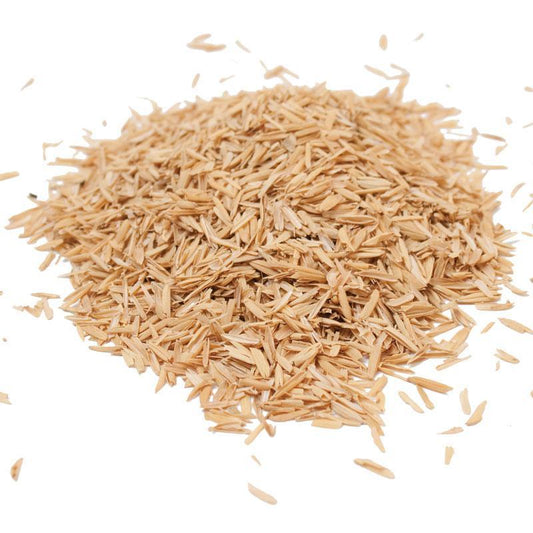
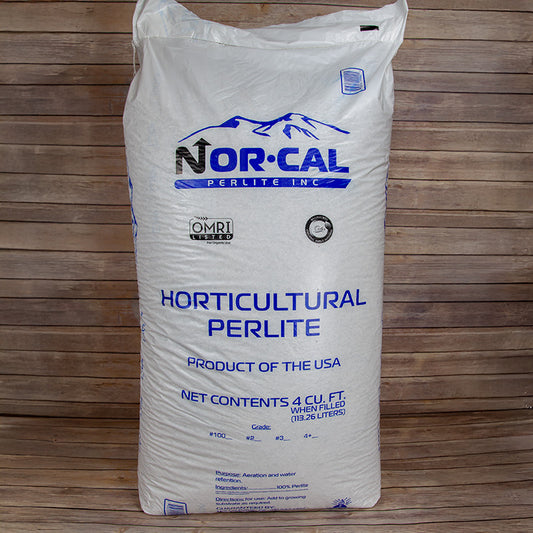

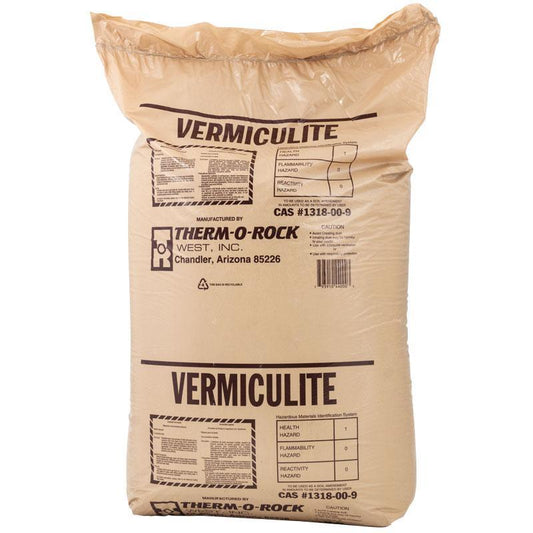
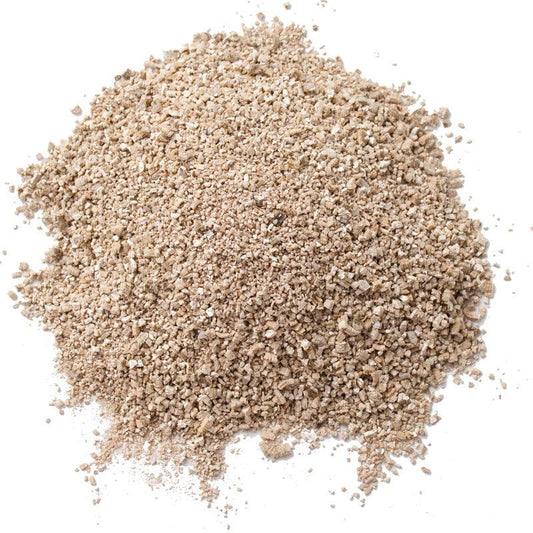
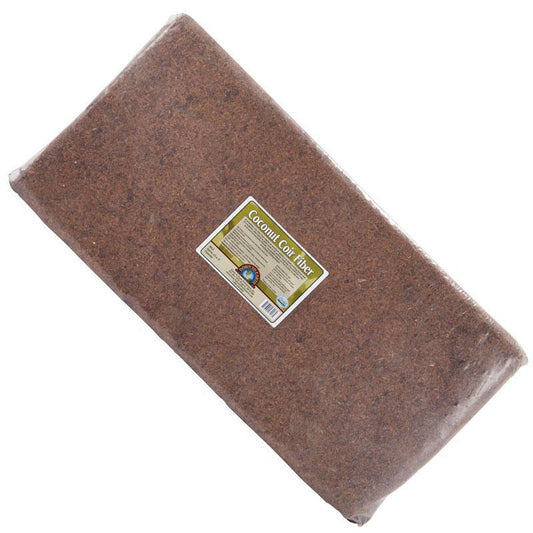
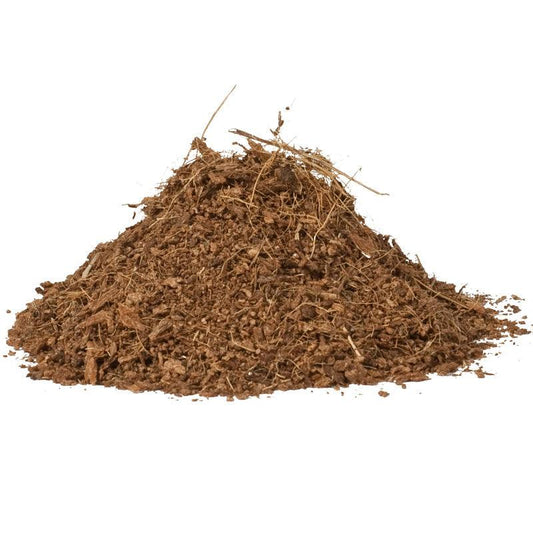
19 comments
Using rice hulls in addition to volcanic rock or pumice as soil amendments (not mulch) for aeration is a good practice for organic farming. If your soil has a high amount of microbial activity, the rice hulls break down over time and give your microbes something to do. The byproducts are good for your soil. That’s in addition to providing great aeration alongside the pumice or volcanic rock. Using it as a mulch would be a waster in my opinion. I use barley straw or pre-charged (inoculated) wood chips depending on the situation.
Marlisa, you could use rice hulls to improve drainage, however, keep in mind that they are an organic material and will therefore break down over time. You might be better off amending your soil with either perlite or pumice which will not break down and will not need to be replaced every few years.
Can I use rice hull to amend clay soil to be used for dragon fruit cultivation?
Plant Grandie, you would use the carbonized rice hulls more like you would biochar. Non-carbonized rice hulls are used more like you would compost, to add organic matter to the soil, loosen the soil and help retain moisture.
Corve, rice hulls could be used as a replacement for perlite, however, it does decompose, so you would have to amend the soil the following year with it. Cocoa hulls are mostly used as a mulch and not mixed into the soil. You have to be careful with cocoa hulls if you have dogs, it can make them sick if they eat it. Perlite does not break down, therefore, you only need to amend the soil once.